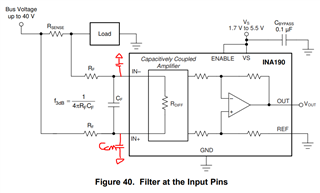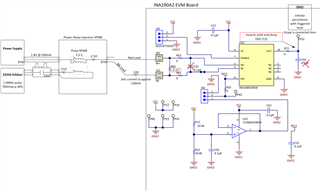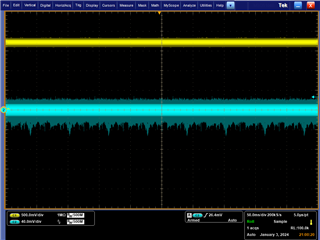Other Parts Discussed in Thread: INA186, , THS3120, INA193
Hello,
I would like to know what options may exist for the INA190Ax using the SOT23-8 package inside TI's current sense amp or instrumentation amp which would allow me to design out the INA190Ax and still stay in the SOT23-8 package. I have the oscillation problem mentioned in other threads and my noise is not high (<30mVrms on 1.8V). I see the INA186 uses the same pinout for same function but this device still has the cap coupled front end (switch cap) and my application does not have the differential mode input filter in the layout (ughh). Is there any part (instr amp or Curr sense amp) which might work in this application. (e.g. same pinout SOT23-8 and same function)?




